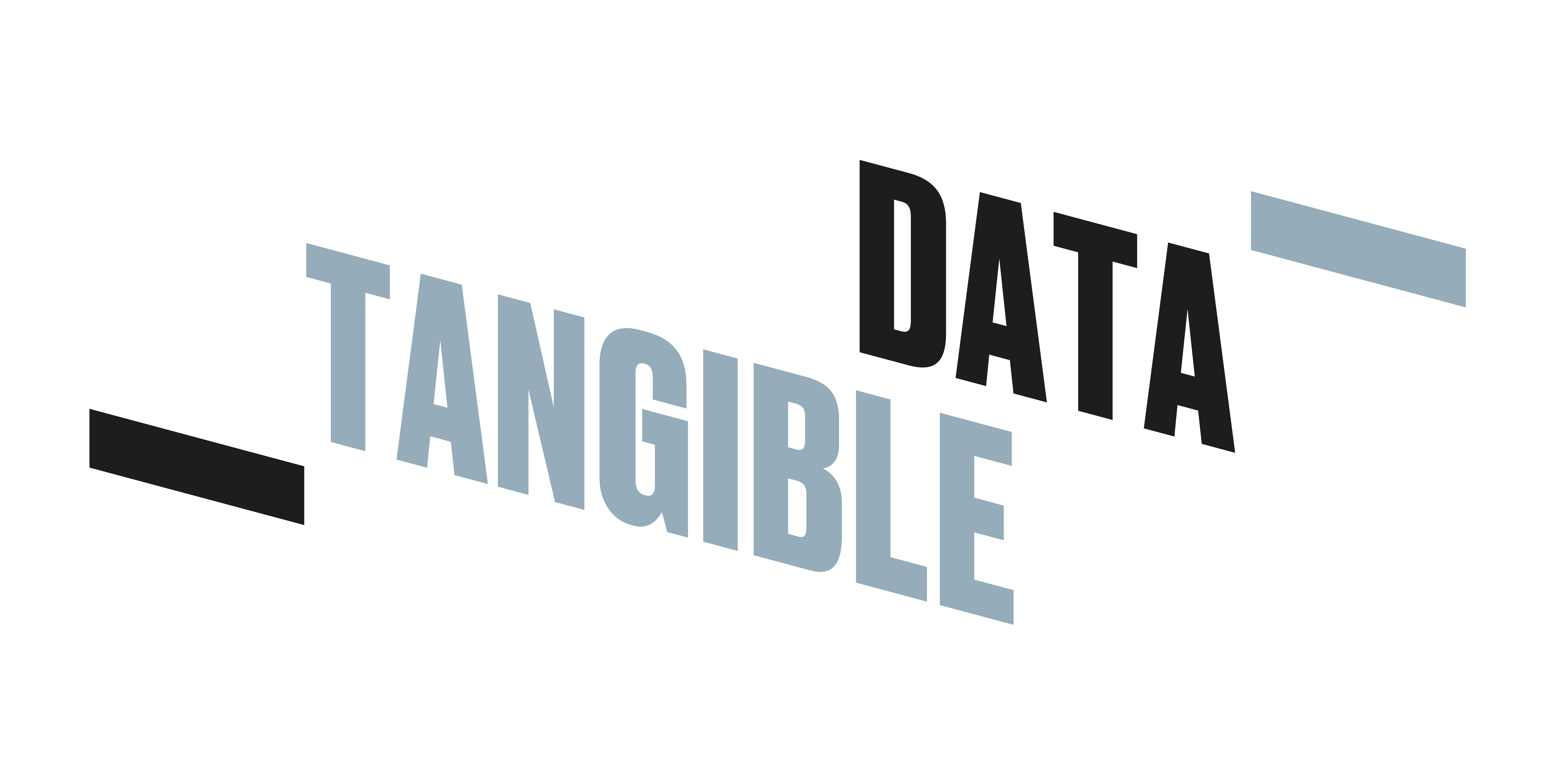In 2015, the world’s governments agreed on 17 objectives for achieving sustainable development by 2030. But despite considerable progress in recent years, sustainable transformation confronts new difficulties that jeopardize previous accomplishments and commitments. The pandemic’s repercussions, as well as recent geopolitical events and climate shocks (droughts), have already produced significant changes in core metrics such as poverty reduction, energy prices, and staple foods.
These shifts depict a world that differs from that of 2015, foreshadow the complexity of the next decades, and call for a better and clearer understanding of the meaning and purposes of sustainability not just for scientists and professionals but for all kinds of audiences as we all have to share this value of agreeing on the meaning and purpose of “sustainability” as well as having a common and shared awareness of the difficulties we face is critical to addressing them.
The transition to a more sustainable model requires complex reforms and huge investments, which necessitate strong cooperation across political, economic, and social players. Being “transdisciplinary” is key. Even before the pandemic, international development agencies identified significant impediments, such as a lack of awareness and knowledge of risks and options for becoming more sustainable; a lack of technical and financial capacity to implement reforms; the absence of an adequate regulatory framework; and a lack of social awareness about the importance of this agenda. Now, the current scenario increases the complexity of the transition towards a sustainable development paradigm.
We have the power and creativity to use data and technology to cultivate an understanding of the urgency of the 2030 Agenda. International development agencies and multilateral organizations have worked hard to provide open data in order to better issue identification and resolution. However, new challenges associated with disinformation, lack of access, and digital literacy, severely limit the impact of data and technology in building the critical mass of those who will champion, share and act for “sustainability.”
About The Tangible Data Project
In 2015, at a hackathon held by Social TIC in Mexico, I began imagining how we might make open data more actionable. It was a moment of effervescence, with governments, non-governmental organizations, and international development organizations all embracing the Data Revolution. Many people believed that open data will change our approach to addressing sustainable development concerns by enhancing policymaking.
If open data became the default, more eyes and hands could be dedicated to the work of uncovering trends in data, and issues such as inequality, climate change, and corruption would be addressed differently. Hundreds of datasets were added to open data portals here and there, and yet many people recognized that the majority of the data was not being used or consulted. So I started thinking of other ways we might use this information.
Hackathons, data expeditions, data dives, and data bootcamps all became commonplace methods of increasing the visibility of accessible data. The data given by the agencies, however, was not necessarily equivalent or interoperable.
I attempted numerous approaches to using this data, and I even developed a course at IE University to educate my students how to utilize it in the manner of Hans Rosling. However, I discovered that digital representations and tools only drew the attention of a minority audience with a high comprehension, willingness, and desire to investigate online information.
My goal has always been the same: to use available data to better understand our environment and influence my decisions and ideas about what needs to be done to improve it.
As a result, I decided to investigate more transactional applications for this data. And I encountered a work of art at Fab Lab DC that just blew my mind. It was a map made of little pieces of wood that portrayed inequity in Washington, DC. When I viewed it on a Saturday morning, I realized I was looking at data as if it were art. I was among friends, and that scenario led me to believe that there were no other distractions. I had no other displays to look at, and the Fab Lab environment was enabling me to focus on the map, the data, and its significance. I’d never forgotten the assignment because it provided me with an unforgettable experience.
I knew I wanted to undertake something related to that project after that encounter. Something that might have a similar effect on others. Something that could be observed without additional distractions in a non-digital setting.
This is how I ended up here. IE University requested me to create three data sculptures addressing sustainability in 2020. Three data sculptures representing the abbreviation “ESG” were included in the show “Making Sustainability Tangible Through Relevant Data.” One sculpture was for the letter “E,” another for the letter “S,” and a third for the letter “G.”
I presented the initiative to numerous partners in 2022 and received a lot of positive response and assistance from the Global Partnership for Sustainable Development Data and the Herbert Quandt BMW Foundation, for which I am thankful.
The plan now is to scale these prototypes and transform them into big-size sculptures that may be presented in prominent locations to attract the attention of a large amounts of people.
Let’s see where data leads us!
